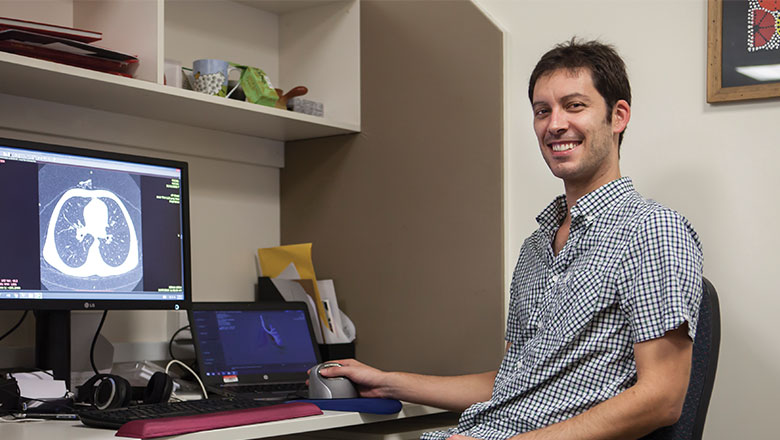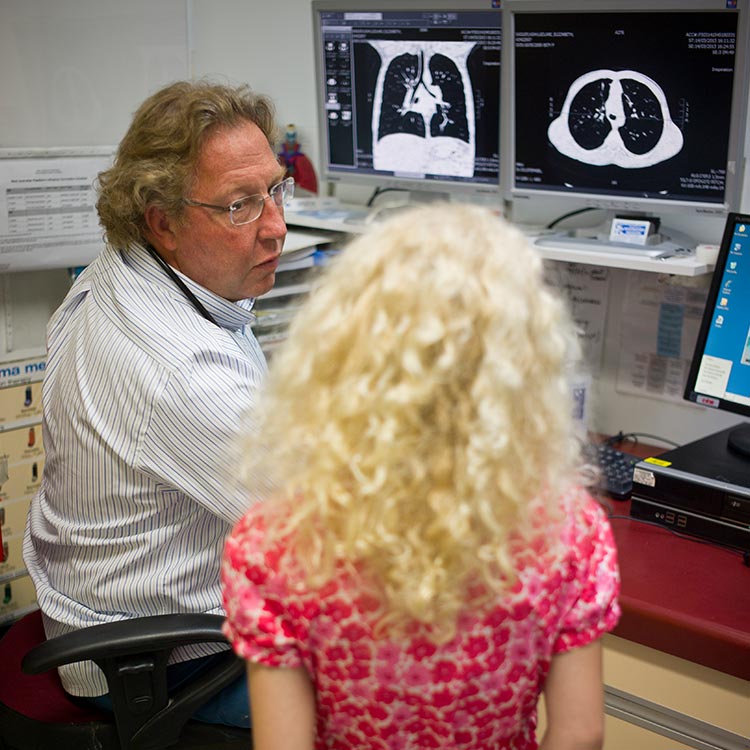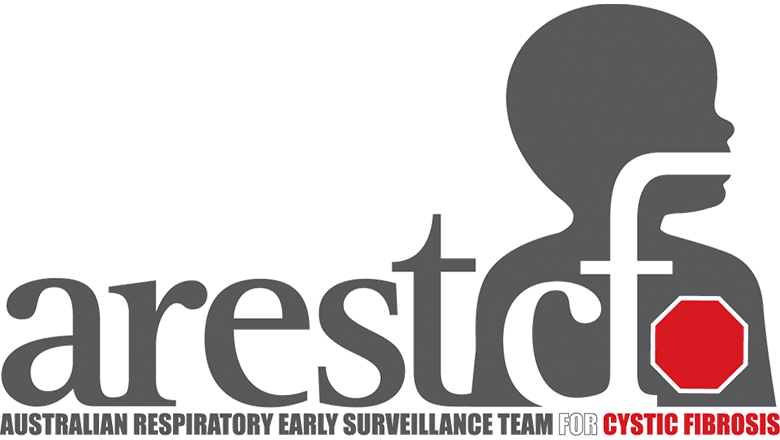Search
Research
Time to get serious about the detection and monitoring of early lung disease in cystic fibrosisStructural and functional defects within the lungs of children with cystic fibrosis (CF) are detectable soon after birth and progress throughout preschool years often without overt clinical signs or symptoms. By school age, most children have structural changes such as bronchiectasis or gas trapping/hypoperfusion and lung function abnormalities that persist into later life. Despite improved survival, gains in forced expiratory volume in one second (FEV1) achieved across successive birth cohorts during childhood have plateaued, and rates of FEV1 decline in adolescence and adulthood have not slowed. This suggests that interventions aimed at preventing lung disease should be targeted to mild disease and commence in early life.
Research
Hypoxia and sterile inflammation in cystic fibrosis airways: Mechanisms and potential therapiesIn this review, we consider recent evidence regarding hypoxia and sterile inflammation in cystic fibrosis airways
Research
The effect of 100% oxygen on tidal breathing parameters in preschool childrenThis study aimed to determine whether breathing 100% oxygen altered tidal breathing parameters in healthy young children and young children with CF.
Research
Infection, inflammation,and lung function decline in infants with cystic fibrosisBetter understanding of evolution of lung function in infants with cystic fibrosis...


News & Events
On a quest for kids with cystic fibrosisPRAGMA-CF, a new way of measuring early lung disease in young kids with cystic fibrosis is changing the way we detect and treat CF.

News & Events
Treat early to protect lungsEarly intervention is being touted as the key to preventing lung damage in children with cystic fibrosis.

News & Events
Cystic fibrosis research a Eureka Prize finalistA world-leading cystic fibrosis research program, based at The Kids Research Institute Australia, is a finalist in the 2015 Australian Museum Eureka Prizes.
News & Events
Healthy lungs, healthy lifeThe lungs are one of the last organs in the body to develop as a baby grows. They're also one of the most important.
Research
Airway macrophages display decreased expression of receptors mediating and regulating scavenging in early cystic fibrosis lung diseaseCystic fibrosis (CF) airway disease is characterized by chronic inflammation, featuring neutrophil influx to the lumen. Airway macrophages (AMs) can promote both inflammation and resolution, and are thus critical to maintaining and restoring homeostasis. CF AM functions, specifically scavenging activity and resolution of inflammation, have been shown to be impaired, yet underlying processes remain unknown.
